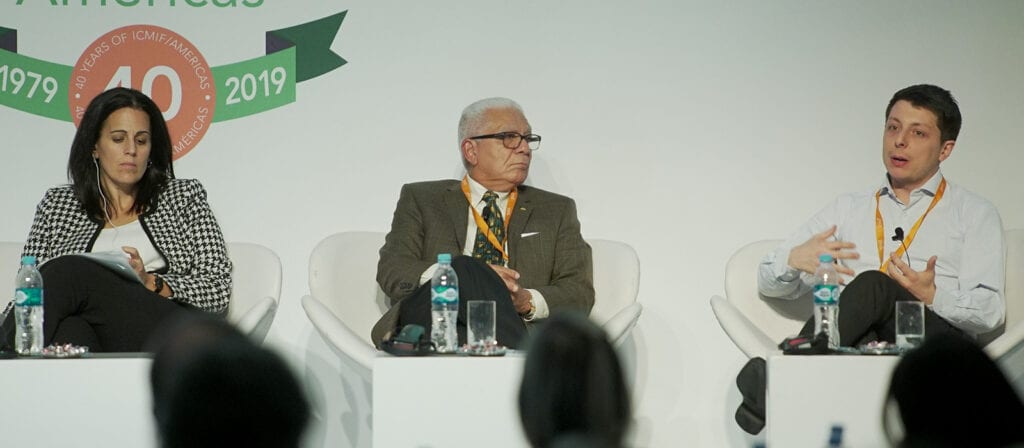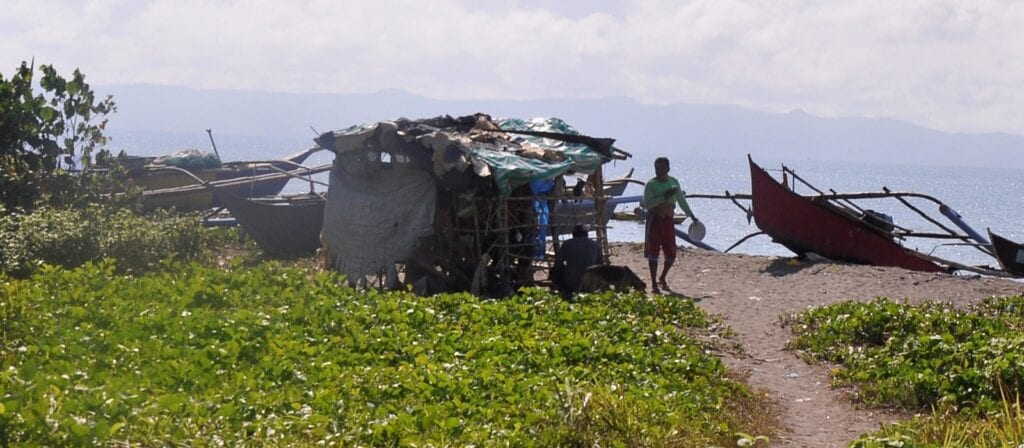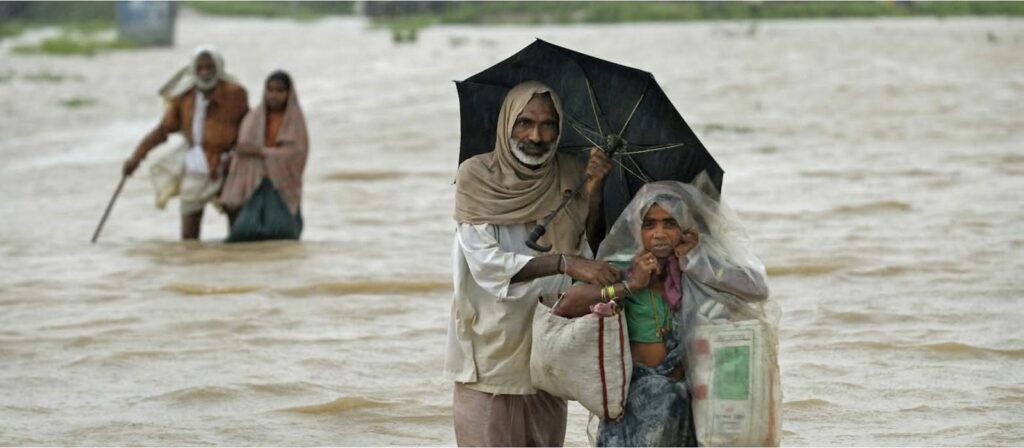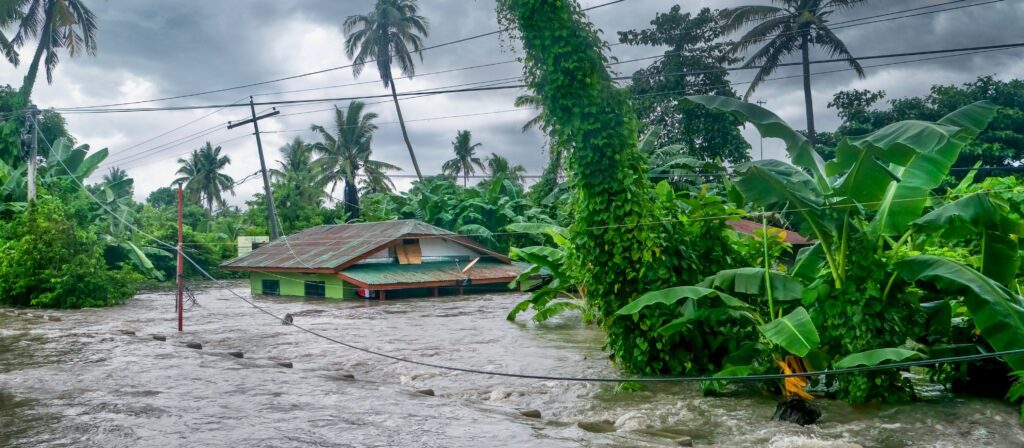Case study presentations from session at ICMIF/Americas Annual Conference 2018
Inclusive insurance (or microinsurance) protects low income and underserved populations against uninsured risks, with the ultimate aim of reducing the protection gap, promoting financial inclusion and building resilience in vulnerable communities. These case studies from three ICMIF members in Latin America look at how they have developed new, innovative products and the common challenges, issues and solutions to providing effective inclusive insurance in the 21st century.
Innovating in El Salvador with parametric insurance and expanding the limits of insurability with technology
“Produce Seguro” is a new parametric insurance product from Seguros Futuro (El Salvador) to provide cover for small businesses, farmers and low-income families against natural disasters. The product is designed to protect them against drought, excessive rainfall and earthquake; and against commercial disruptions (business interruption) affecting their productive capacity.
The design and implementation of this product started in 2015, taking three years to develop. It was launched in June 2018 in partnership with the Banco de Fomento Agropecuario (Agricultural Development Bank) and with the support of reinsurance provider MiCRO (Microinsurance Catastrophe Risk Organisation). The catastrophic risk policy is triggered by remote monitoring (satellite images), calculated according to standardised platforms and the notification about the payment is texted to the insured. The stronger the event, the greater the pay-out to the beneficiaries will be. Policyholders will also receive disaster risk reduction training through national coordinating bodies.
The design of a parametric product involves four stages: the prioritisation of insurable risk; selection of data; modelling; and designing of payment thresholds for each covered hazard by location. It provides advantages to a traditional (micro)insurance product, in that it is more affordable, accessible, transparent, and provides faster claim payments. Challenges include access to (reliable) data and regulation.
Parametric microinsurance provides an innovative solution for closing the protection gap; helping to strengthen resilience and ensure the empowerment of local communities.
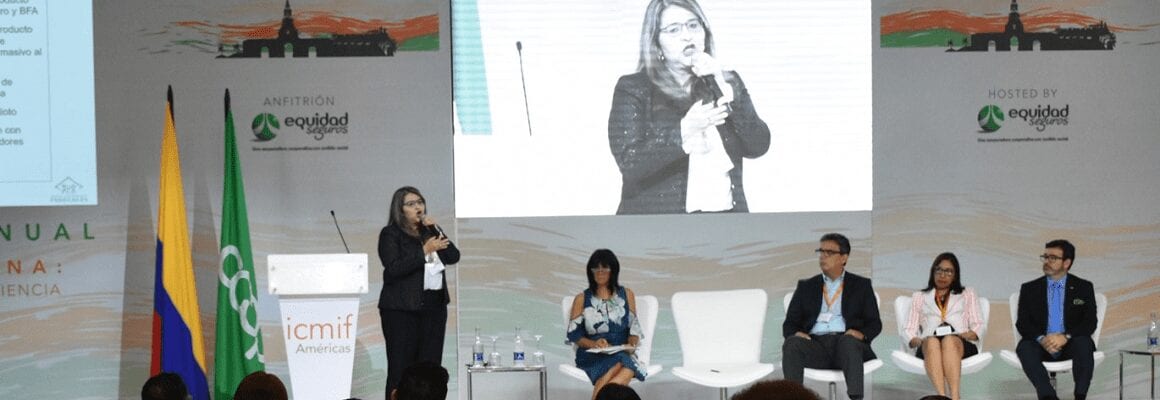
Presenter:
Daysi Rosales Beltrán, General Manager, Seguros Futuro (El Salvador) and Carlos Boelsterli, CEO, MiCRO (USA)
Parametric microinsurance for small agricultural producers in Paraguay
The objective for Aseguradora Tajy’s (Paraguay) farming project was to develop a climate risk mitigation tool that meets the needs of small sesame producers. The beneficiaries would be low income, small sesame, corn and green beans growers in the San Pedro region of Paraguay.
The agricultural insurance product protects the insured farmer from an eventual loss of income because of an adverse climate event. The parametric coverage only covered drought risk, and just for sesame farmers. The impact was to reduce the vulnerability of these small sesame producers, ensuring income stabilisation and ultimately improving living conditions.
The cover could potentially be extended to other farming sectors and index insurance could be applied to other risks. What is of utmost importance are strategic partnerships; in this case, between the business, financial and governmental sectors.
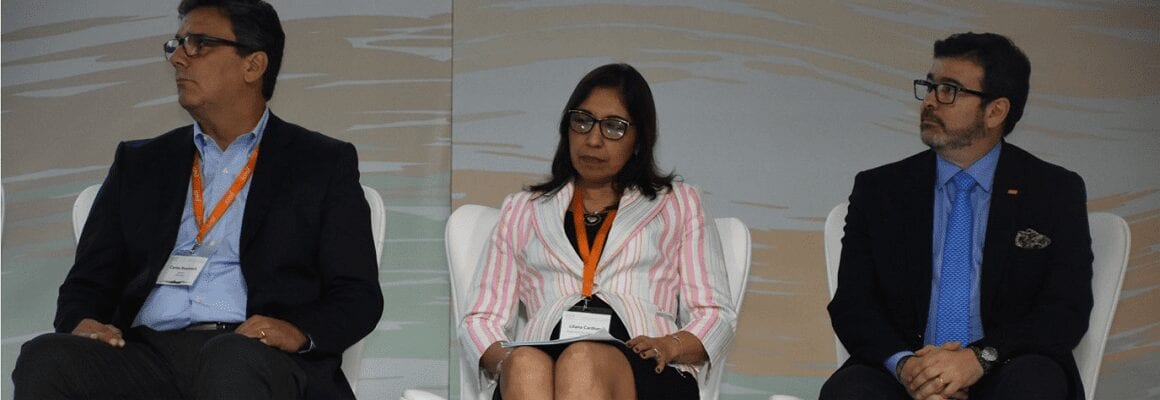
Presenter:
Liliana Cardozo de Cano, General Manager, Aseguradora Tajy (Paraguay)
Microinsurance and the solidarity sector in Colombia
Equidad Seguros (Colombia) has established itself as a leading organisation in the insurance sector, guided by a cooperative principal to offer a variety of protection and inclusive products designed to provide quality of life to individuals, their families, their assets and their companies. Inclusive insurance is very valuable because it helps reduce poverty, increase socio-economic development, and support public policy objectives (such as improving health conditions or facing the effects of climate change).
Colombia’s microinsurance coverage is 12.5%. In 2017, microinsurance accounted for USD 480 million in premiums, providing a solution for Colombian people who are unable to access a traditional insurance system. According to the most recent study delivered by Microinsurance Network in Colombia, the target market is 22.6 million people living on between USD 1.90 and USD 4 per day.
Microcredits were created with the aim of protecting low-income people, by creating a specialised payment program adjusted to their needs. 72% of microbusinesses do not have insurance coverage.
Financial institutions remain the most important channel for the distribution of microinsurance. Most of the people covered are contacted by financial institutions such as banks, savings, and credit cooperatives and microinsurance institutions, followed by less traditional channels such as retailers, service companies and call centres. Only 1% of all products are distributed through agents and intermediaries.
It is expected that insurance intermediaries will not disappear, but they need digitalise their services and integrate technology into their business model.
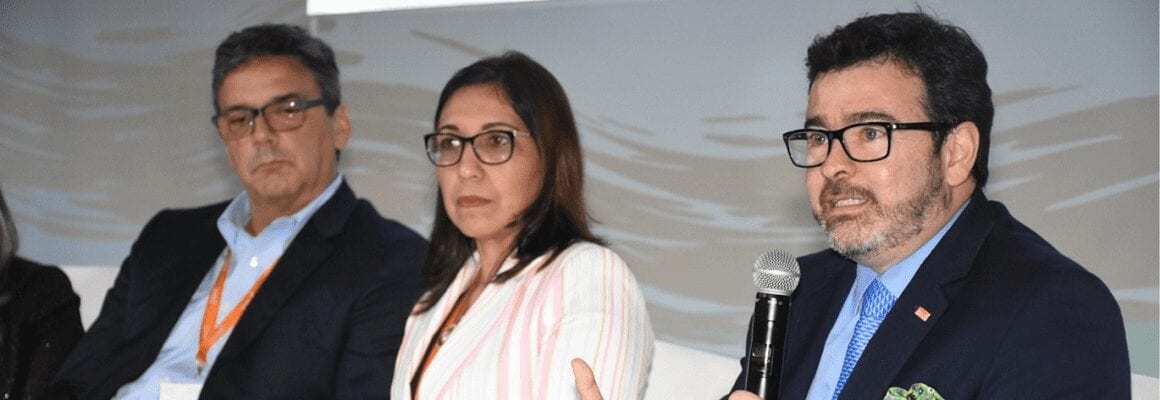
Presenter:
Antonio Venanzi, Vice-President, Commercial, Equidad Seguros (Colombia)
More information
If you would like more information on the topic or case studies presented above, please contact us. We are here to make tailored introductions to your fellow ICMIF members and we can also share other member-only resources with you based on your specific challenges and interests.
